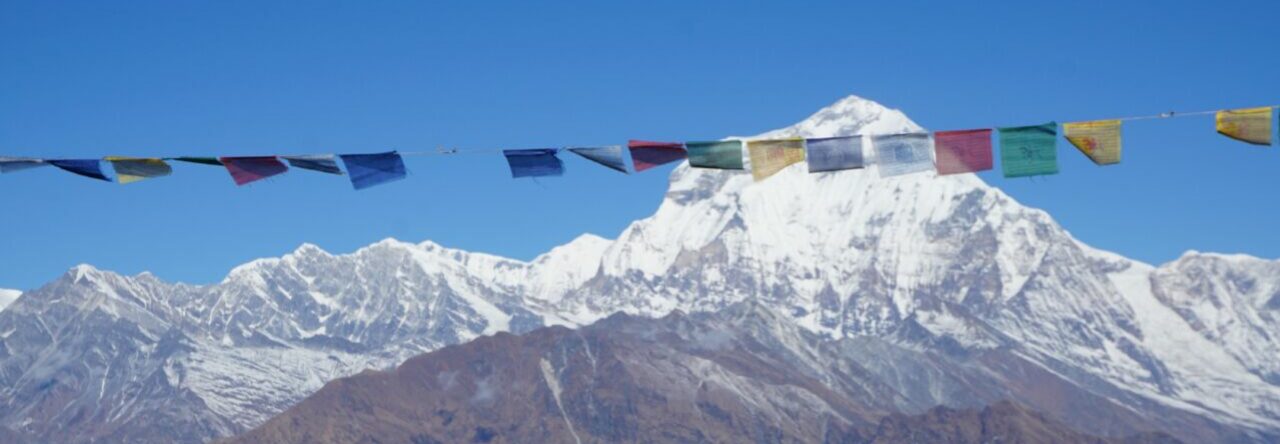July 14, 2017
Unlike the previous two nights, last night turned freezing, making me glad for my down vest and superb sleeping bag. But by 10 AM, when breakfast was over (Tamara cooked her special pancakes!), it was warm and sunny once again.
We spent the morning in Zavkhan province, which is named after the Zavkhan River. Its headwaters originate in the southern foothills of the Khangai mountains and flow through the Great Lich Mongol Sand, finally entering Airag and Khyargas Lake in the Great Lakes Depression. This depression is the home of several large, saline lakes, which have no outlet.
Scenes along the way…click on the photos to start a slideshow…
In the afternoon we visited Otgontenger National Park, where the highest peak of the Khangai mountains is located. This snowcapped summit is called Otgontenger and is a holy mountain worshipped by the entire nation.
From there we drove down along the Bayant River, one of the tributaries of the Zavkhan River. We stopped by Otgon Soum to stock up on fuel and groceries, and enjoy, once more, those yummy ice cream bars.
Soon after, we entered the steppe zone from the mountain steppe. Bogie pointed out many indicators of this new area: the lynx, (shiluustei), Mongolian lark (Melanowrypha Mongolia), and Krylow’s grass (Stipa Krilowi). Wherever you find these species you are in the Central Asian steppe grassland. As we approached the river valley, we started seeing the plants that grow in the Gobi, such as Caragana bushes, Allium onions (Allium pollyrhizum) and many more. Be patient with my spelling. It’s a bit too technical for me, especially in Mongolian!
After a lot of off-road searching, we stopped at the shore of a rippling lake that reminded me of Puget Sound in Langley, with its long strip of rocky land on the opposite side facing the beach. We had time for a swim before we finally camped at Tayshir dam reservoir. 
Of the ten dams in Mongolia, this is the biggest. Bogie told us a great deal about the lake-type ecosystem in this semidesert zone of western Mongolia. Here is a link to a scientific journal article about it. Some of you biologists will find it fascinating.
At the close of the day, we set up camp
and enjoyed another spectacular sunset.



































Sigrid Selle
What happened to the colorful monument at Otgontenger?
Sandie Miller
Amazing!
Tamara
Tamara’s pancakes are the best in Mongolia